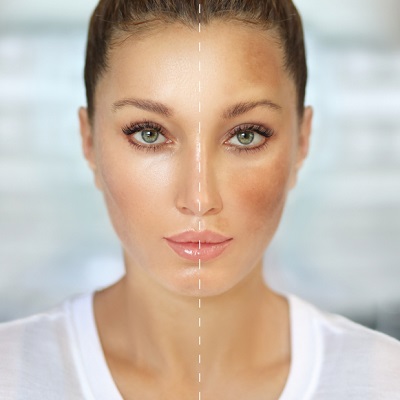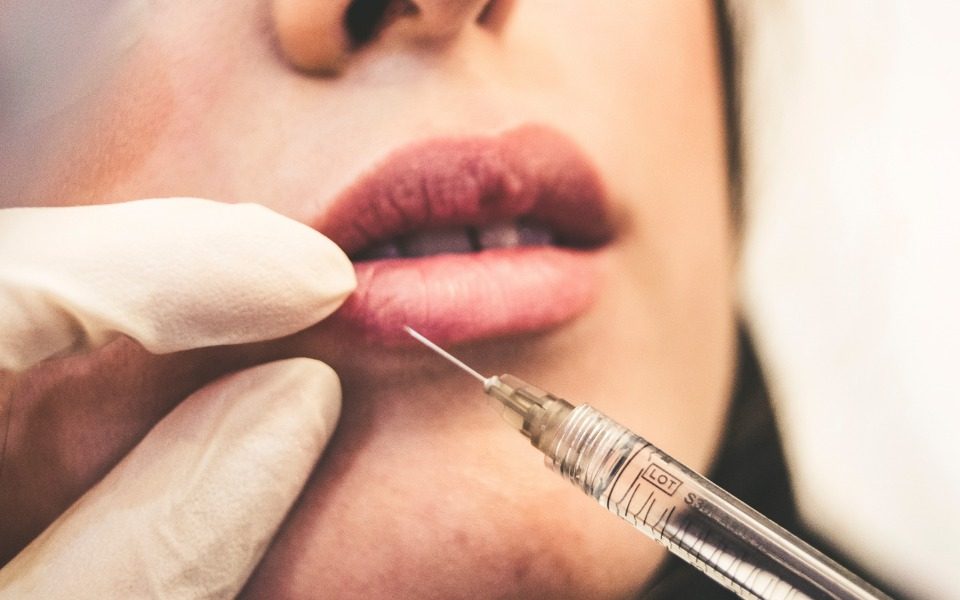 Melasma, a common skin condition, can be a source of frustration for many individuals seeking flawless skin. In this comprehensive guide, we’ll delve into the intricacies of melasma, its causes, symptoms, and a spectrum of treatment options.
Melasma, a common skin condition, can be a source of frustration for many individuals seeking flawless skin. In this comprehensive guide, we’ll delve into the intricacies of melasma, its causes, symptoms, and a spectrum of treatment options.
Introduction:
Melasma, often referred to as the “mask of pregnancy,” is a pigmentation disorder that affects both men and women. Let’s explore the nuances of this skin concern and navigate through the journey of effective treatment.
Understanding Melasma:
What is Melasma?
Melasma is a hyperpigmentation condition characterized by brown or grayish patches on the face. While it doesn’t pose any health risks, its impact on self-esteem is undeniable.
Causes of Melasma:
Unraveling the triggers behind melasma is crucial for devising an effective treatment plan. Hormonal fluctuations, sun exposure, and genetic predisposition are key factors.
Identifying Melasma Symptoms:
Pigmentation Patterns:
Recognizing the distinct patterns of melasma pigmentation is the first step in diagnosis. Understanding the distribution of pigmentation aids in determining the severity of the condition.
Common Trigger Factors:
Sun exposure, hormonal changes, and certain medications can exacerbate melasma. Identifying and addressing these factors are integral to successful treatment.
Importance of Professional Diagnosis:
Dermatologist’s Role:
Seeking professional advice is paramount in managing melasma. Dermatologists employ various diagnostic tools and techniques to accurately assess the condition.
Advanced Technologies in Diagnosis:
Cutting-edge technologies, such as dermoscopy and Wood’s lamp examination, enhance the precision of melasma diagnosis, ensuring tailored treatment plans.
Conventional Treatments:
Topical Medications:
Prescription creams containing hydroquinone, corticosteroids, and tretinoin are commonly prescribed to lighten melasma patches.
Chemical Peels:
Chemical peels, involving the application of acids to exfoliate the skin, can reduce hyperpigmentation and promote skin renewal.
Microdermabrasion:
This non-invasive procedure involves exfoliating the skin’s outer layer, contributing to improved melasma appearance.
Emerging Trends in Melasma Treatment:
Laser Therapy:
Laser treatments target melanin in the skin, breaking down pigmentation and promoting a more even complexion.
Intense Pulsed Light (IPL)
IPL treatments use broad-spectrum light to target melanin, effectively reducing melasma pigmentation.
Platelet-rich plasma (PRP)
PRP therapy harnesses the healing properties of platelets to stimulate collagen production and improve melasma.
Holistic Approaches:
Dietary Changes:
Adopting a diet rich in antioxidants and vitamins can contribute to skin health and melasma prevention.
Skincare Regimens:
Tailored skincare routines, including gentle cleansers and moisturizers, can complement conventional treatments.
Stress Management:
Stress reduction techniques, such as mindfulness and yoga, play a role in melasma management.
DIY Remedies: Myth or Reality?
Lemon Juice and Honey Mask:
While popular, DIY remedies may not offer substantial results. Some, like lemon juice masks, can even worsen melasma due to photosensitivity.
Aloe Vera Gel:
Aloe vera’s soothing properties make it a popular choice, but its efficacy in treating melasma is limited.
Turmeric Paste:
Turmeric, known for its anti-inflammatory properties, may aid in skin health but should not replace professional treatment.
Prevention Strategies:
Sunscreen Importance:
Daily use of broad-spectrum sunscreen with a high SPF is crucial in preventing melasma and protecting the skin.
Protective Clothing:
Wearing hats and clothing that shields from UV rays is an additional preventive measure against melasma.
Hormonal Balance:
Maintaining hormonal balance through proper healthcare and medications is pivotal for melasma prevention.
Lifestyle Adjustments:
Hydration Habits:
Adequate hydration supports overall skin health, contributing to melasma prevention.
Quality Sleep:
Quality sleep is essential for skin regeneration, aiding in the management of melasma.
Real-life Success Stories:
Personal Journeys:
Explore inspiring stories of individuals who successfully managed melasma through a combination of treatments and lifestyle changes.
Inspirational Transformations:
Witness the transformative impact of melasma treatment on individuals’ confidence and well-being.
Expert Tips for Melasma Management:
Consistency is Key:
Consistent adherence to prescribed treatments and skincare routines is fundamental for melasma management.
Patience in the Process:
Results may take time. Patience and perseverance are crucial for a successful melasma treatment journey.
Common Misconceptions Debunked:
One-Size-Fits-All Solutions:
Melasma varies in its presentation and requires personalized treatment plans, debunking the notion of one-size-fits-all solutions.
Instantaneous Results:
Realistic expectations are crucial. Melasma treatment often involves gradual improvement rather than instantaneous results.
Seeking Professional Guidance:
Consultation Considerations:
Before committing to a treatment plan, consider consulting multiple dermatologists for diverse perspectives.
Questions to Ask Your Dermatologist:
Ask your dermatologist about potential side effects, expected timelines for results, and alternative treatments.
Conclusion:
In conclusion, managing melasma involves a multifaceted approach, blending conventional treatments, emerging therapies, holistic strategies, and lifestyle adjustments. By understanding the nuances of melasma and seeking professional guidance, individuals can embark on a journey towards radiant, blemish-free skin.



